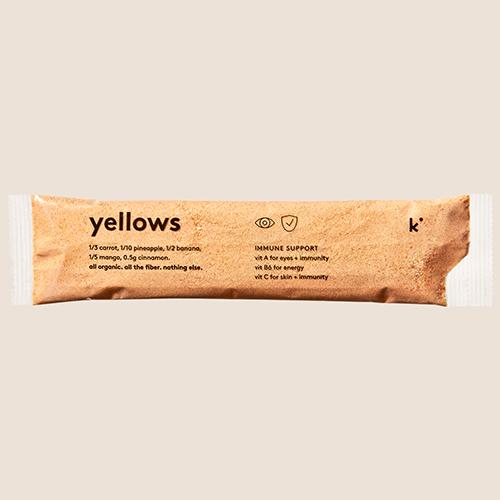Why we love… mango
For fair weather fans of the mango, it’s merely a fun summertime treat. But for those in the know, this sweet, nectary stonefruit is a year-round source of delight – plus vitamins A and C, to boot.
For fair weather fans of the mango, it’s merely a fun summertime treat. But for those in the know, this sweet, nectary stonefruit is a year-round source of delight – plus vitamins A and C, to boot.
Mangoes: the “king of fruit”
Mangoes are believed to have first been cultivated in present-day India at least 4,000 years ago, and remain wildly popular today. India produces almost half of the world’s mango, yet is responsible for less than 1% of the global mango trade – that’s because nearly all of the 25+ annual tons of mango produced in India are consumed within the country. There’s a reason the mango is known as the “king of fruit” in India (and Pakistan, too). Long live the king!
However, not all mangoes are grown – and promptly enjoyed – in South Asia. It’s now a truly global crop. During the 16th century, Portuguese colonizers brought the fruit to Africa, then to South America and pockets of the Caribbean in the 18th century. By the 1900s, mango production was also thriving in warmer parts of the United States, like Florida, Hawaii, and Southern California. Additionally, much like bananas, mangoes come in many varieties. (For those keeping score, bananas have the edge in this metric by a score of 1,000+ to ~500.)
Where we get our mangoes
Our mangoes originate from Belagavi Farm in India. Its owner, Mrs. Vishalkahi Belagavi, has practiced organic farming there for over 12 years. On the importance of organic farming, she has this to say: "it means return to more traditional farming techniques that are better for the earth and were used by our ancestors."
At the peak of their ripeness, Vishalkahi's mangoes are harvested and taken just 28 km (about 17 miles) to a facility to begin their freeze-drying process, so the majority of the yield is eventually eaten, and very little winds up in the waste stream.
"If you support the sustainability movement, our farm's philosophy is a good fit for you," she adds. Sign us up!
What are the nutritional benefits of mangoes?
Always sweet, sometimes nectary, and when perfectly ripe, downright syrupy, mangoes pack a flavorful punch and can be enjoyed diced up as a standalone snack, or incorporated into a dizzying array of dishes. But no matter how you slice it, that mango is going to provide you with roughly:
50% of your daily vitamin C requirement
8% of your vitamin A
8% of your vitamin B6 7% of your fiber
15% of your folate
And 15% of your copper
How do you select and prep the perfect mango?
Part of the same family of fruit as plums, cherries, and olives, mangoes are what’s known as “drupes,” or stone fruits. Accordingly, they’ve got thin skin and a hearty pit at their centers. When poking through the mango bin at the store, opt for one that’s more smooth than wrinkly, just a little pliant but not squishy, and that gives off a pleasantly sweet, mango-y aroma.
As for cutting open that fantastic-looking mango you just picked out? Well, that’s the one downside to this king of fruits – it’s a bit labor intensive and getting it wrong can bring about undesired outcomes. You really shouldn’t be ingesting the skin of the fruit. The mango tree is a relative of poison ivy, and can cause skin irritation, swelling of the lips, and in rarer cases, anaphylaxis. Then there’s the inside. Tucked inside the delicious pulp of the fruit is a hard, seed-containing pit that – for your teeth’s sake – you should avoid chomping into.
For a step-by-step guide on cutting up the most snackable mango possible, we’ll turn things over to this video, courtesy of the National Mango Board. (Yes, that’s a real thing!)
Or you could just whip up a kencko smoothie featuring mango
Of course there’s a chance that you don’t have time to revisit the above video from Big Mango, pull out the cutting board, grab your sharpest knife, meticulously peel and cube a ripened mango, and go about your day concerned there’s residual juice dribbling down your chin or pulp stuck between your front teeth every time the craving for a mango strikes.
Worry not! It’s moments like these that kencko smoothies were made for. As the title of this blog suggests, we love mango, so we include them in our recipes often! We’re always working on new flavors, but right now, you can get your mango fix whenever you add water or any milk to crimsons, yellows, or mint greens.
there's more good content where that came from
